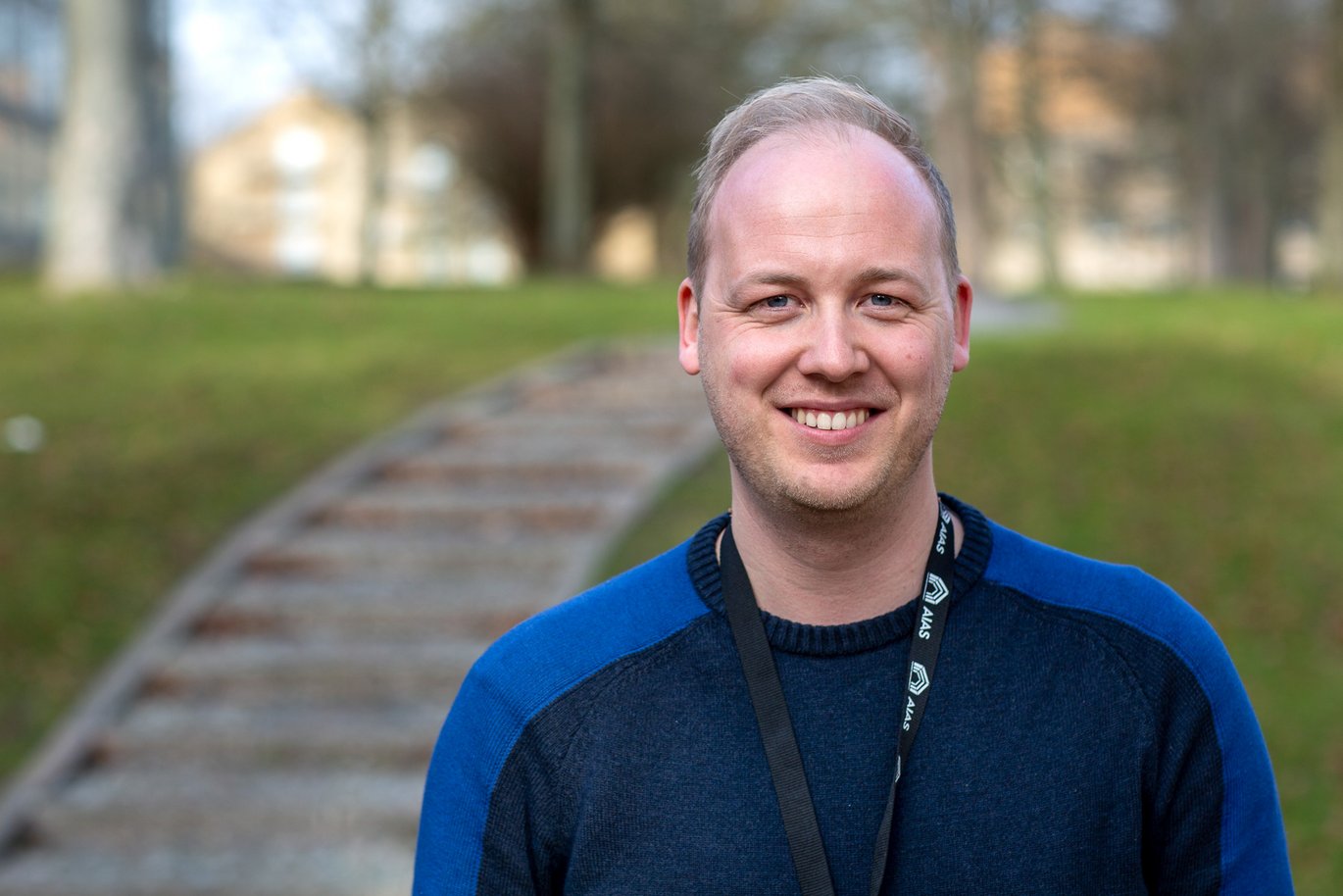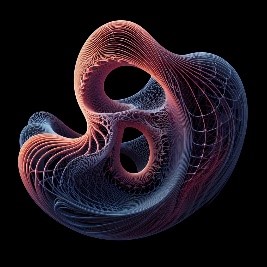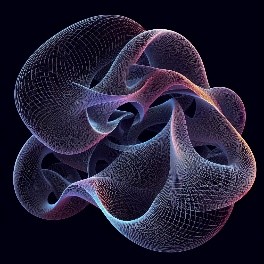Villum Young Investigator Grant to Zakarias Sjöström Dyrefelt
Mathematician and AIAS Fellow Zakarias Sjöström Dyrefelt is awarded a Villum Young Investigator grant of DKK 7 million to pioneer new ways to test solvability of geometric partial differential equations in practice, to improve our understanding of high dimensional complex geometric shapes.




Geometry is the science of shapes, from the basic sphere or torus (a doughnut shape) to much more complicated shapes occurring in physics as solutions of Einstein’s field equations. Although classification of shapes has been ongoing for centuries, many open questions remain in modern mathematics. Of particular interest are several open conjectures related to solvability of partial differential equations over complex shapes. This is a question that has fundamental importance in mathematics and natural sciences, with the completion of a mathematical ‘periodic table of shapes’ as the ultimate goal.
AIAS Fellow Zakarias Sjöström Dyrefelt has been awarded a Villum Young Investigator grant for his project entitled ‘Effective Testing in Complex Geometry.’ This project will pioneer a new strategy to test in practice, for the first time, solvability of partial differential equations capturing many equations of interest in mathematics and physics, from constant curvature to the new unifying class of Z-critical equations. The Villum grant enables Zakarias Sjöström Dyrefelt to fund two postdocs and one PhD student, and to organize two international workshops to extend international research exchanges.
“The Villum grant is a great honour and recognition, and I am very excited for the opportunity to pursue this new line of research which I hope will open genuinely new avenues of research in an otherwise challenging area of pure mathematics. We will do this by bringing new ways of concretely investigating abstract and rather mysterious problems in modern geometry, stemming originally from physics and the study of the universe. On a concrete level, the PhD student we will hire, may be one of the first to learn complex geometry with the possibility to concretely explore and visualize the relevant geometries using a computer – something I wish I could have done myself as a student,” says Zakarias Sjöström Dyrefelt, AIAS Fellow at the Aarhus Institute of Advanced Studies and assistant professor at the Department of Mathematics at Aarhus University.
Computer-aided classification methods made theoretically possible
The key novelty of Dyrefelt’s Villum project is to theoretically reinvent abstract solvability criteria by taking the leap from an infinite number of conditions, that are typically impossible to test in practice, to a finite number of explicit conditions that can be programmed into a computer. Building on the work of Fields medallists S.T. Yau and S. Donaldson, this will open new perspectives to discover, test, and concretely grasp deep geometric conjectures, and introduces some of the first computer-aided classification methods beyond Donaldson’s program and Calabi-Yau databases in physics. The techniques uniquely combine Dyrefelt’s recent work on constant scalar curvature shapes and effective testing on four-dimensional shapes, with an in-depth analysis of the geometry of curves, opening new avenues of research in an otherwise challenging area of pure mathematics.
Dyrefelt elaborates further: “Currently, one of the major obstacles for further theoretical advances in my own work, and in the field at large, is the lack of ‘examples’ of geometric shapes where solvability of partial differential equations is completely understood. With the Villum Young Investigator project, we will be able to work with a team on a large-scale project to analyse and add thousands of examples to a previously very short list, which I hope will be a crucial step in shaping future research directions and driving the field forward.”
Collaborations and applications in other fields
The focus of the Villum project is not only on open problems in abstract geometry, but also on concrete low dimensional geometry, especially 4 and 6 real dimensions.
“This will hopefully allow us to multiply collaboration possibilities, hereby increasing the impact of our theoretical work also outside the mathematical field of geometry, e.g. to physicists researching the geometric structures we investigate,” explains Zakarias Sjöström Dyrefelt.
The new tools and analyzed examples of the team will be shared with the scientific community via an Open Access database.
Project title: ‘Effective Testing in Complex Geometry’
Amount granted: DKK 7 million
Project duration: 5-year project: 2024 – 2029
About the Villum Young Investigator programme
The aim of the Villum Young Investigator is to support early career researchers with ambitions of creating their own, independent research identity, and with the potential to significantly contribute to research in technical and natural sciences at a Danish research institution.
Contact
Zakarias Sjöström Dyrefelt, AIAS-COFUND MSCA Fellow, Tenure track Assistant Professor
E-mail: dyrefelt@aias.au.dk
Department of Mathematics and
Aarhus Institute of Advanced Studies (AIAS)
Aarhus University
Denmark
